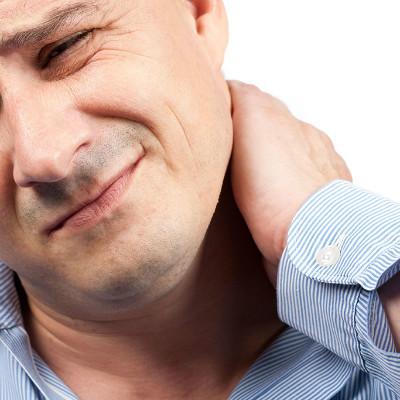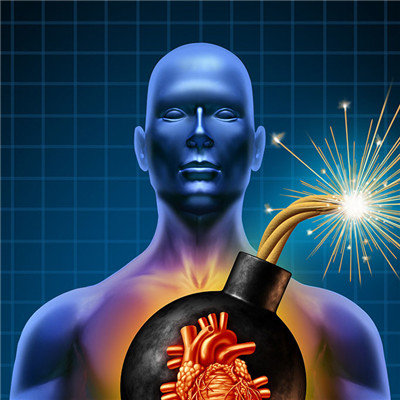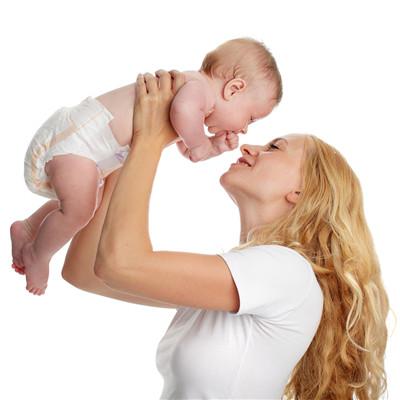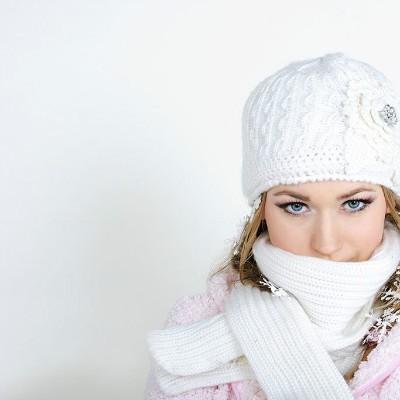Children with a flu symptoms?
summary
Influenza A in children refers to the infection of influenza A in children. Some patients can progress rapidly, with fierce attack, sudden high fever, body temperature over 39 ℃, and even secondary severe pneumonia, acute respiratory distress syndrome, pulmonary hemorrhage, pleural effusion, pancytopenia, renal failure, septicemia, shock and Reye syndrome, respiratory failure and multiple organ injury, leading to death. Children with a flu symptoms? Let's talk about it.
Children with a flu symptoms?
When children suffer from influenza, the clinical symptoms often vary according to their age. According to the age, it can be roughly divided into: older children aged from 7 to 18. The symptoms are similar to those of adults. Most of them are common flu symptoms, with sharp onset, high fever, chills, head, back, limbs pain, fatigue and other symptoms. Soon, they will have sore throat, dry cough, runny nose, conjunctival congestion, tears and local lymph node enlargement. Rough rales can be heard in the lungs, accompanied by diarrhea, abdominal distension and other digestive tract manifestations.
Preschool children: children aged 3 to 7. Its symptoms are similar to those of other respiratory viruses. It is difficult to distinguish between the upper and lower respiratory tract, larynx, trachea and lung. The disease is serious. The children often have high fever, clear nose, vomiting and diarrhea. The body temperature is between 38 ℃ and 40 ℃. Febrile convulsion may occur. Infants may have severe larynx, bronchi and other inflammation, accompanied by viscous sputum, and even respiratory obstruction. The total number of white blood cells decreased. When complicated with pneumonia, the total number of white blood cells decreased more.
Children are at a high risk of influenza, so we should pay attention to prevention. If the children have fever, cough, sore throat and other symptoms, they should stay in bed at home. If the children are neglected, the harm caused by H1N1 is very terrible. The harm of H1N1 in children is that it may be secondary to severe pneumonia, acute respiratory distress syndrome, respiratory failure and other serious complications, leading to death. During the epidemic period of influenza A, the possibility of centralized fever caused by influenza in school nurseries, collective units and crowded places can not be ruled out. At the same time, severe cases or deaths caused by influenza can also occur.
matters needing attention
First, influenza virus is mainly transmitted through air and contact. Babies should avoid contact with respiratory tract patients with influenza symptoms (fever, cough, runny nose, etc.) or pneumonia; Avoid going to crowded places. If you really need to take your baby in and out of these places, it's best to put on a mask for your baby. Try not to make physical contact, including shaking hands, kissing, sharing meals, etc. This can play a role in preventing H1N1 source exposure. Second, pay attention to the baby's personal hygiene, often use disinfectant and water to wash hands; Baby should keep enough sleep, exercise more, pay attention to indoor ventilation, cultivate good personal hygiene habits. Third, babies who have not been vaccinated against influenza this year should be vaccinated as soon as possible. Although influenza vaccine can not prevent H1N1 influenza, it can improve their immunity to influenza. Fourth, eat cooked food, eat less or no raw or semi raw shellfish aquatic products, dirty food. Vegetables and fruits should be thoroughly cleaned, and it is best to disinfect or peel if possible.














